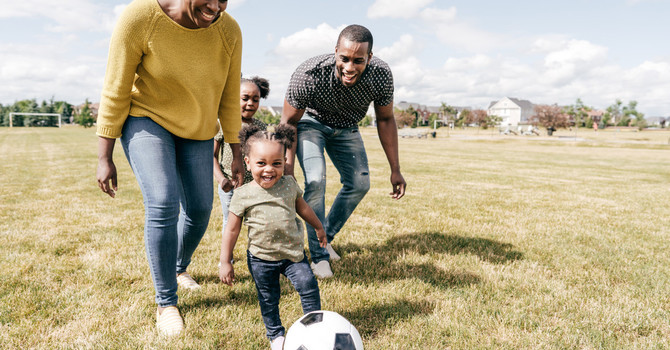
What is a Custom Orthotic?
A custom orthotic is an insole that you put into your shoes which is made specifically for your foot size and shape. The purpose of a Custom Orthotic is to help with alignment and pain issues of the feet, legs, hips and low back. They are used to correct your foot imbalances and decrease the stress and strain on your feet by bringing your foot into proper alignment. Custom Orthotics can help reduce the biomechanical forces we feel on our feet during gait (walking and running) and they fit comfortably is most shoes.
Who needs Custom Orthotics?
Custom Orthotics can be used for all age groups and many different foot problems. Some of the most common reasons why someone would need Custom Orthotics are:
- Pes Planus (Flat feet)
- Localized foot pain
- Heel Spurs
- Pain at the forefoot, arch or heel of the foot
- Leg/knee/hip pain
Are new Custom Orthotics Uncomfortable?
Since the purpose of your Custom Orthotics is to realign the structure of your feet, it can be uncomfortable as the points of pressure on your feet change. Due to this reason, all patients who start wearing Orthotics are told to slowly integrate them into their shoes. It is best to wear your Custom Orthotic for one hour the first day and then slowly increase the time you wear the Orthotics per day. Increasing your wear time by one hour intervals per day is usually a good amount of time to get used to the Orthotics. It can take two-three months for your feet to get used to your new foot alignment.
Will my Muscles Weaken with Custom Orthotics?
Custom Orthotics do not reduce the muscle tone of your feet. They help align your feet in an optimal position so you are using the right muscles at the right time. This helps reduce fatigue and allows your body to use your muscles more efficiently.
Here are Some Common Conditions Related to Poor Foot Biomechanics for Which Custom Orthotics can be Helpful:
- Plantar Fascitis
- Metatarsalgia
- Morton’s Neuroma
- Runner’s Knee
- Shin Splints
- Sacroiliac Syndrome
- Achilles Tendonitis
- Iliotibial Band Syndrome
.jpg)


